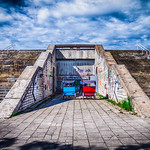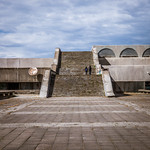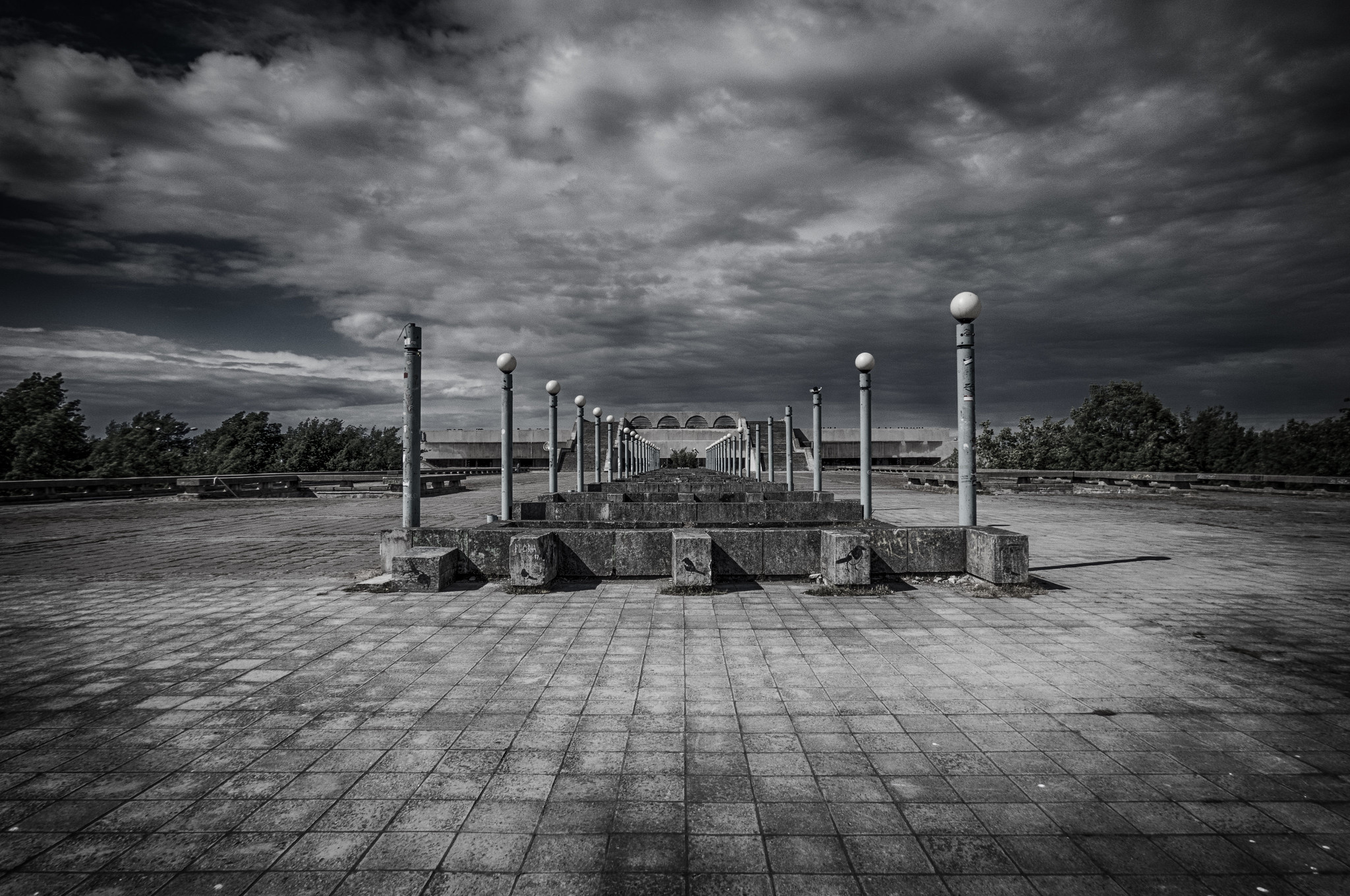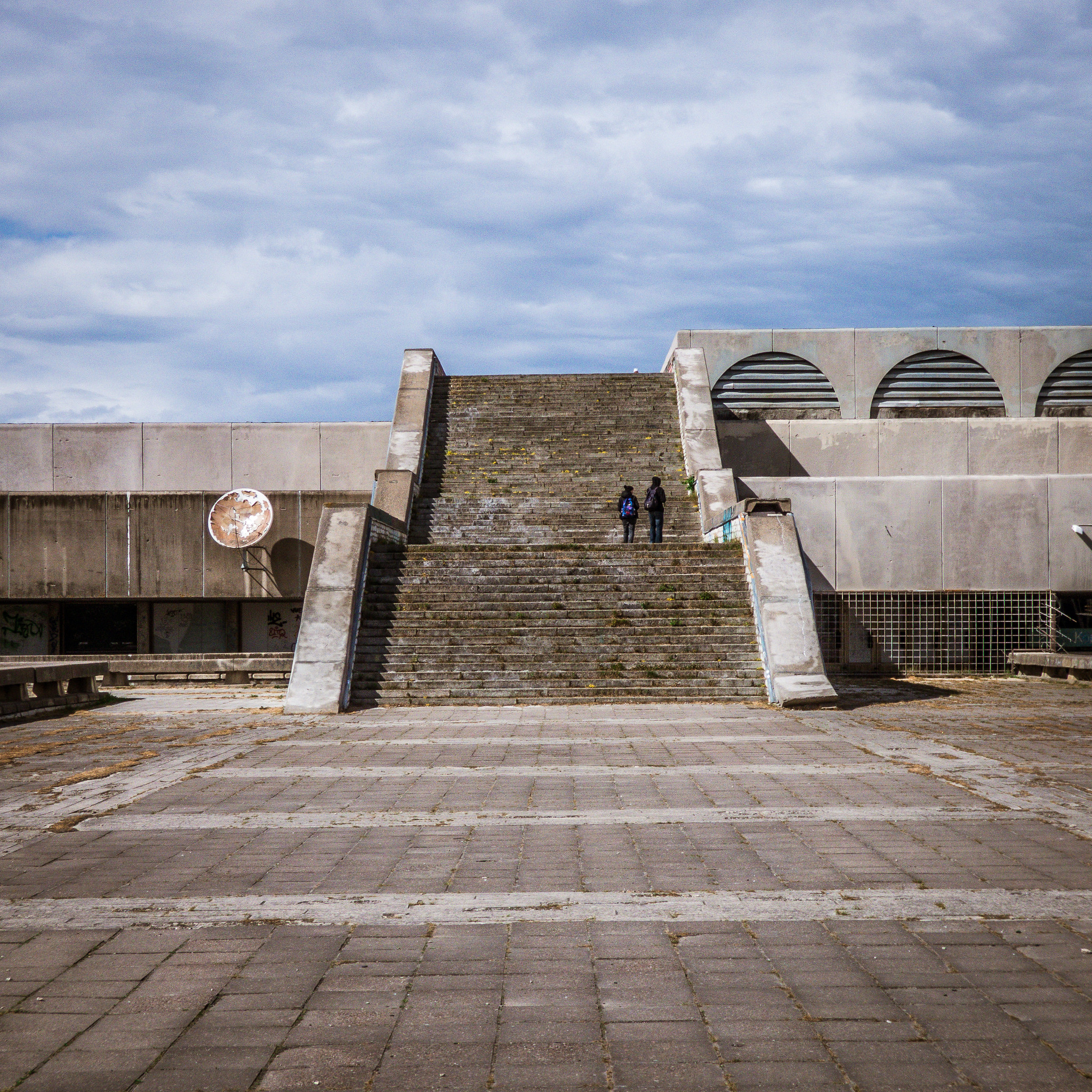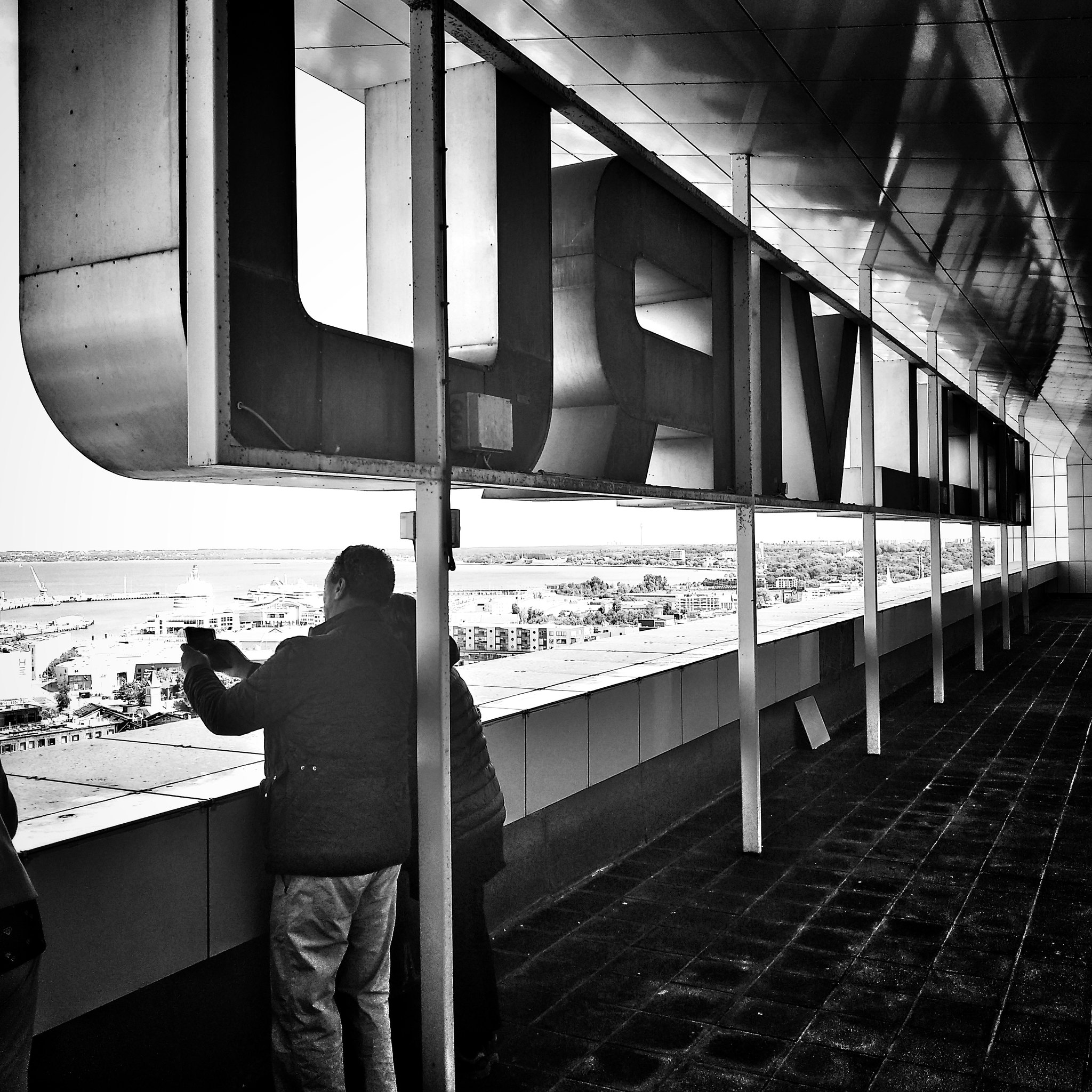My personal Northern Crusade
Those infidels in the Eastern Mediterranean needed to be taught a lesson, worshipping the wrong god, and all. So, from the late 11th century onwards, under the blessings of the pope, European Catholics got medieval on their asses through organizing some more, and some less, successful crusades. That is, success mostly depending on the relative numbers of deaths on either side of the battlefields.
But, looking for an easy win, the pope also sanctioned the Northern Crusades, starting in the mid-12th century, with the objective of finally putting those pesky Baltics under his godly control. Specifically, the Livonian Crusade, running for most of the 13th century, saw the last pagan corners of Europe being extinguished, followed by the creation of Terra Mariana, “the land of Mary”, covering parts of modern-day Estonia and Latvia.
Although this must have been a traumatic experience for those that survived, from the early 20th century onwards, “Terra Mariana”, or in its Estonian translation, Maarjamaa, has been used as a poetic sobriquet for the country of Estonia. So relevant, that in 1995, a state decoration was created, named after Terra Mariana.
However, notwithstanding Tallinn’s impressive array of churches, Estonians didn’t flock back to Christianity after the break up of the Soviet Union, as, now, some 70 percent of the country claims to not be religious, which could tie in with the 30 percent, or so, that considers themselves Russian, and Orthodox.
Also since the fall of the Soviet Union, Estonians have gone through remarkable change. A member of the EU since 2001, a Euro country since 2004, now, Tallinn resembles a Scandinavian capital more than a former Soviet regional hub. And, almost, with prices to match.
Not yet as expensive as Finland or Sweden, the cost of living is comparable to some Western European countries. Painful for many, when the minimum wage is around just 500 euros.
But some vestiges of their past remain.
On the sea shore, on the edge of the old Town, is Linnahall. Originally called by its more poetic name “V. I. Lenin Palace of Culture and Sport”, now an occasional concert hall; brutalist, if crumbling.
Built for the water-based events of the 1980 Moscow Olympics, it’s now on the city’s heritage list. Destruction is not likely, but restoration is also not really in the cards.
The creation of Estonia in the early 1990s was perhaps typical, in a prescient fashion, for the rise of European local nationalism, as Estonia, prior to the Soviet Union’s breakup, had only been an independent country for some twenty years, and then only nominally so.
At the end of the first world war, with the Germans retreating, Estonia proclaimed independence, only to become a protectorate of Russia, and then, in the late thirties, a Soviet Republic.
Nevertheless, this year, Estonia does celebrate 100 years of independence. So proud, that a historical timeline set in a part of the sidewalk in the city’s old town, which starts some 1000 years ago, includes the year 2418, the expected 500th celebration of an independent Estonia.
As a nation in Europe, Estonians are reasonably unique. Their language, together with those of Hungary and Finland, are very different from all other European languages, though, surprisingly, ethnically, the Fins and Estonians on one side, and the Hungarians on the other, are as different as it gets, in Europe. Now, walking around Tallinn, interacting with the people, the closest connection seems to be with the Scandinavian countries.
I was visiting Estonia with a primary directive; I’m in the process of finally, officially, emigrating from the Netherlands, after, in practice, having lived abroad for decades. For Holland, that would also mean having to give up my Dutch business (unless I want to pay significantly more for maintaining a business presence), yet having a business presence in Europe, mostly due to the hassle that moving money in and out of Brazil is, would be rather practical.
Estonia being the digital vanguard of Europe, my objective is to move my Dutch business to an Estonian presence, through Estonian e-residency.
So, I was visiting Estonia for the next step in this process, setting up a local bank account, the only part of the whole process that required a physical visit to a bank, in Estonia.
It was successful.





